Table of Contents
Introduction to Mole Sauce
Mole sauce is one of the most complex and beloved sauces in Mexican cuisine. It's not just a condiment—it's a flavor bomb packed with depth, sweetness, heat, and smokiness. But what exactly makes mole so special? And how can you make the most of it in your kitchen? This guide covers everything from its unique taste profile to smart spice storage tips and creative ways to use it.
The evolution of mole reflects centuries of cultural fusion. Historical records show pre-Hispanic versions combined indigenous ingredients like chilies and cacao, while Spanish colonization introduced Old World spices. By the 17th century, the iconic mole poblano emerged in Puebla convents, documented in the 1790 cookbook El cocinero español. Modern variations now span over 20 regional styles across Mexico, with Oaxacan mole negro requiring 28+ ingredients compared to simpler Veracruz versions. This culinary timeline demonstrates how indigenous techniques and colonial influences created today's complex sauces (Source: Smithsonian Center for Folklife and Cultural Heritage, "Mole: A Culinary Tradition," 2017).
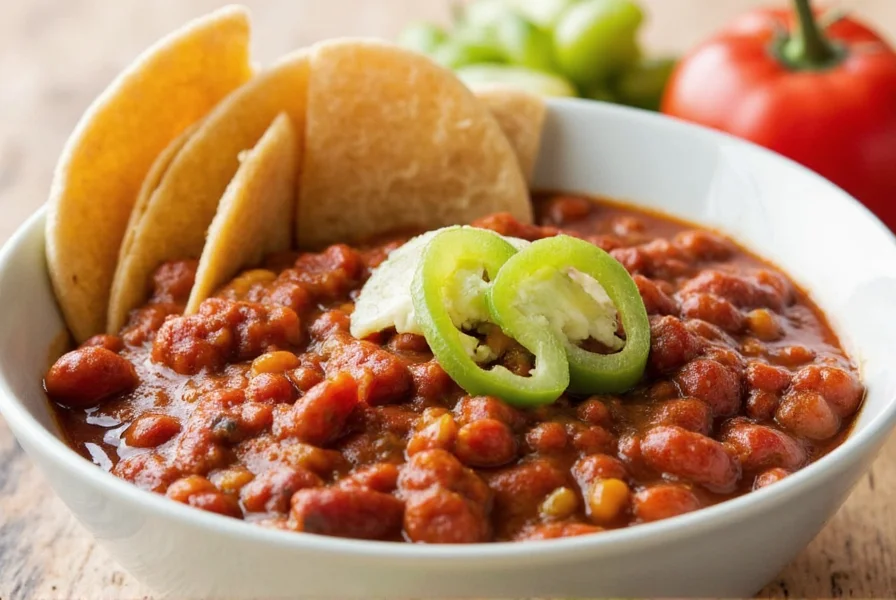
What Does Mole Sauce Taste Like?
So, what does mole sauce taste like? Imagine a rich, velvety sauce that balances sweet, spicy, bitter, and savory notes all at once. It's often described as having a deep, earthy flavor with hints of chocolate, chiles, nuts, and warm spices like cinnamon and cloves. The exact taste can vary depending on the region and recipe, but the common thread is complexity.
This blend of flavors creates a sauce that's both comforting and bold, making it perfect for dishes like enchiladas, tacos, and even grilled meats.
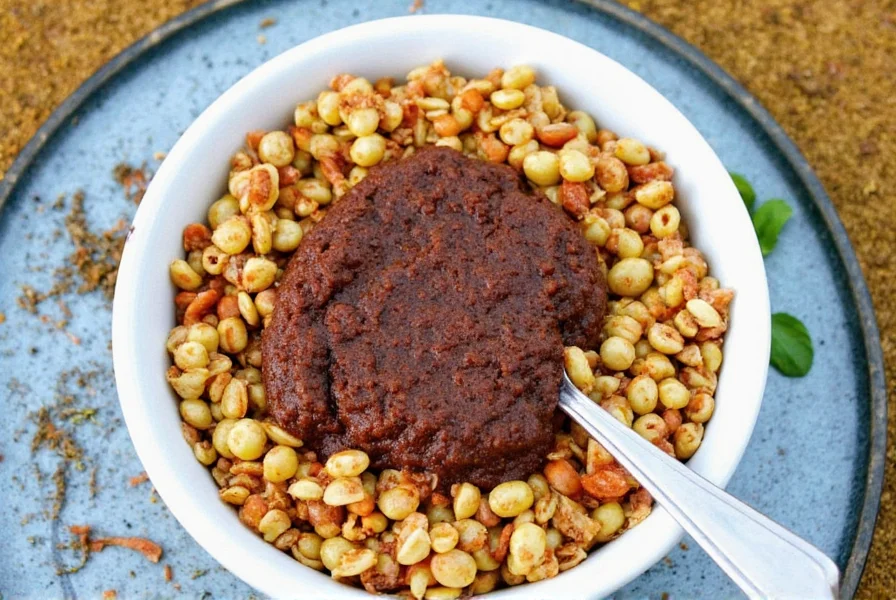
Spice Storage Hacks for Mole Enthusiasts
If you love mole sauce, you probably also love the spices that go into it. Storing them properly is key to maintaining their potency and flavor. Here are some practical hacks to keep your spices fresh:
- Keep it cool and dark: Store spices in airtight containers away from direct sunlight and heat sources.
- Use glass jars: Glass is non-reactive and helps preserve the quality of your spices.
- Label everything: Write the date and name of the spice on each container to track freshness.
- Freeze for long-term storage: For spices like ground cumin or coriander, freezing can extend their shelf life significantly.
- Grind fresh when needed: Whole spices like cumin seeds or cinnamon sticks last longer than pre-ground versions.

By following these simple tips, you'll always have the best-tasting mole sauce possible—no matter how often you make it.
Mole Sauce Usage Hacks for Every Kitchen
Mole sauce isn't just for traditional Mexican dishes. It's a versatile ingredient that can elevate a wide range of meals. Here are some clever ways to use it:
- Marinate meats: Use mole as a base for marinating chicken, pork, or beef before grilling or roasting.
- Make a dipping sauce: Mix with sour cream or yogurt for a creamy, spicy dip.
- Add to soups and stews: Mole adds depth and richness to bean soups, lentil stews, or even tomato-based broths.
- Enhance roasted vegetables: Brush a thin layer of mole over roasted squash or eggplant for a burst of flavor.
- Create a dessert twist: Use a small amount in brownies or chocolate desserts for a surprising, spicy finish.
- Respect context boundaries: Mole excels with robust proteins but overwhelms delicate dishes. Culinary experts like Rick Bayless note it pairs poorly with light seafood or highly acidic preparations (e.g., ceviche), where its complexity dominates subtle flavors. Reserve it for hearty applications like braised meats or dense vegetables where its richness can integrate harmoniously (Source: Rick Bayless, "Mole 101: Understanding Mexico's Signature Sauce," 2018).
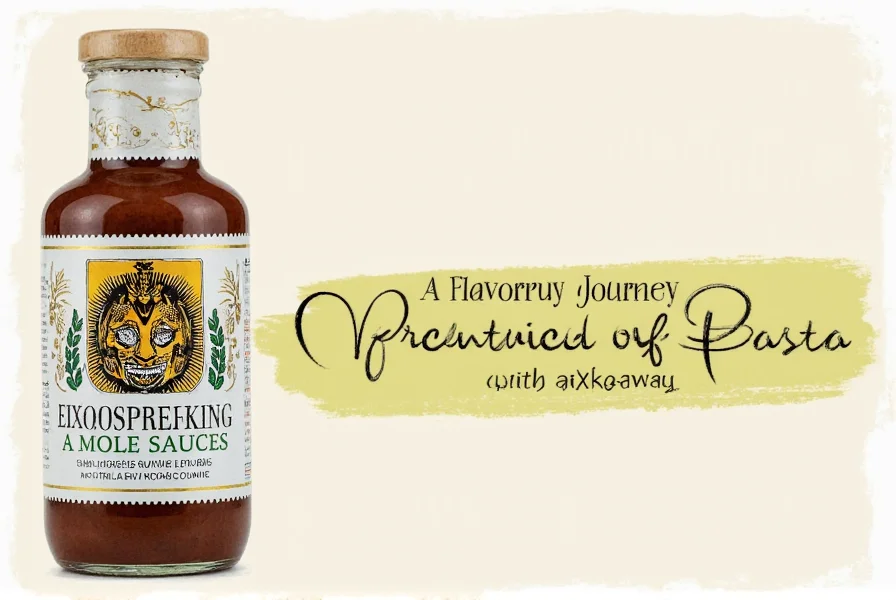
These hacks prove that mole sauce is more than just a traditional dish—it's a flavor powerhouse ready to be explored in new ways.
Buying Guide: Choosing the Best Mole Sauces and Spices
Whether you're a seasoned cook or a curious foodie, choosing the right mole sauce and spices can make all the difference. Below is a detailed buying guide to help you find the best products for your needs.
| Product | Features | Best For | Price Range |
|---|---|---|---|
| La Costeña Mole Sauce | Traditional recipe with a balance of sweet and spicy notes | Classic Mexican dishes like enchiladas and tamales | $4–$6 |
| Herdez Mole Sauce | Smooth texture with a hint of chocolate and cinnamon | Roasted meats, grilled veggies, or as a dip | $5–$7 |
| Chocoholic Mole Sauce | Rich, dark, and intensely chocolatey | Deserts, baked goods, or as a sauce for tacos | $8–$10 |

| Product | Features | Best For | Price Range |
|---|---|---|---|
| Penzeys Mole Spice Blend | Ready-to-use mix with cinnamon, cumin, and clove | Quick mole recipes or seasoning for meats | $6–$8 |
| McCormick Ground Cumin | Pure, high-quality cumin with a robust flavor | Base for homemade mole or other spice blends | $3–$5 |
| St. Augustine Cinnamon | High-quality cinnamon sticks for slow cooking | Adding depth to moles or spiced drinks | $4–$6 |
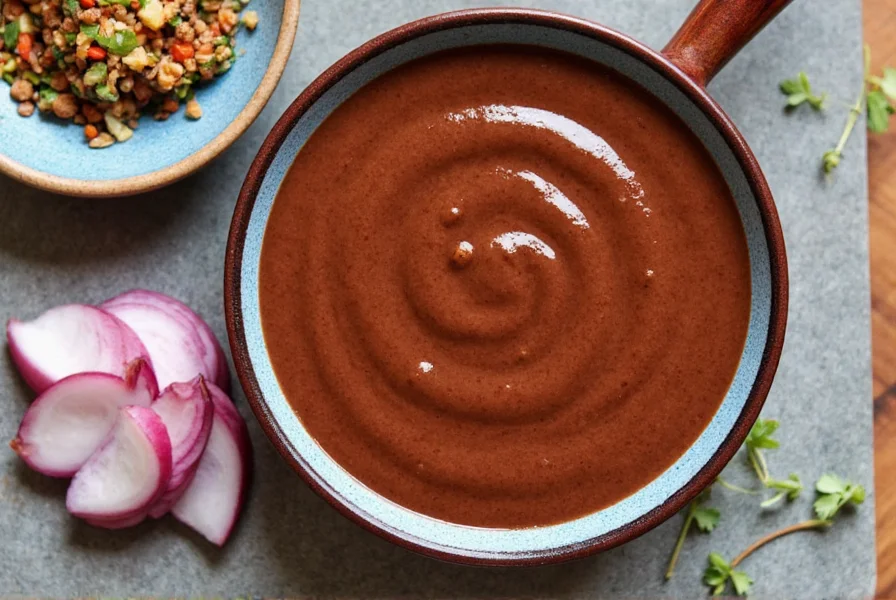
When shopping for mole ingredients, look for natural, high-quality products that align with your taste preferences and cooking style. Whether you're making it from scratch or using a premade sauce, the right spices will elevate your dish.
Frequently Asked Questions About Mole Sauce
What are the main flavor components of mole sauce?
Mole sauce features a complex blend of flavors including sweetness from dried fruits like raisins, heat from chilies such as ancho and pasilla, bitterness from dark chocolate or coffee, savory elements from nuts and seeds, and warm spices like cinnamon and clove. This combination creates a uniquely balanced sauce with multiple flavor dimensions.
Is mole sauce always spicy?
No, mole sauce isn't always spicy hot. While it contains chili peppers, the heat level varies significantly by recipe and region. Some moles are quite mild with the chilies contributing more flavor than heat, while others can be quite spicy. The complexity of mole comes from balancing heat with sweet, bitter, and savory elements rather than just being hot.
Does mole sauce actually contain chocolate?
Traditional mole poblano does contain chocolate, but it's not the dominant flavor. The chocolate used is typically Mexican chocolate, which is dark and slightly bitter, often with cinnamon added. It contributes to the sauce's complexity and depth rather than making it taste like a dessert. Not all mole varieties contain chocolate—there are over 20 regional variations in Mexico.
How would you describe the texture of mole sauce?
Mole sauce typically has a smooth, velvety texture with a medium to thick consistency. Traditional preparation involves grinding ingredients into a fine paste, then thinning with broth to achieve a sauce that coats food well without being too runny. The texture can vary slightly depending on the specific recipe and regional variation.
What's the difference between mole and regular salsa?
While both are Mexican sauces, mole is significantly more complex than most salsas. Mole typically contains 20+ ingredients including multiple chilies, spices, nuts, seeds, and sometimes chocolate, requiring hours of preparation. Salsas are generally simpler, often featuring fresh ingredients like tomatoes, chilies, and herbs with minimal cooking. Mole has a thicker consistency and more layered flavor profile compared to the brighter, fresher taste of most salsas.
Can you adjust the flavor of mole sauce to personal preference?
Yes, mole sauce is quite adaptable. You can adjust the sweetness by adding more or less sugar or dried fruit, modify the heat level with different amounts or types of chilies, and balance the bitterness with additional broth if needed. Many home cooks personalize their mole recipes over time to match their preferred flavor balance while maintaining the essential complexity that defines this sauce.
Conclusion
In summary, mole sauce is a complex, flavorful staple that offers endless culinary possibilities. Its taste is a harmonious blend of sweet, spicy, and earthy notes, making it a standout choice for any meal. By mastering proper spice storage and experimenting with different uses, you can unlock the full potential of this incredible sauce.
Remember, the key to great mole lies in the quality of your ingredients and your willingness to experiment. So next time you open a bottle of mole sauce, take a moment to appreciate the layers of flavor—and maybe even try a new recipe!
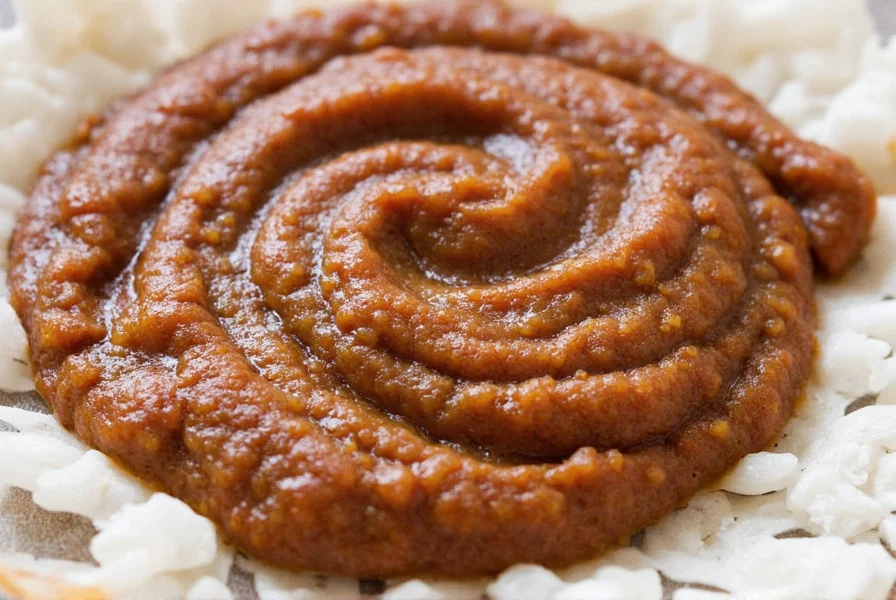

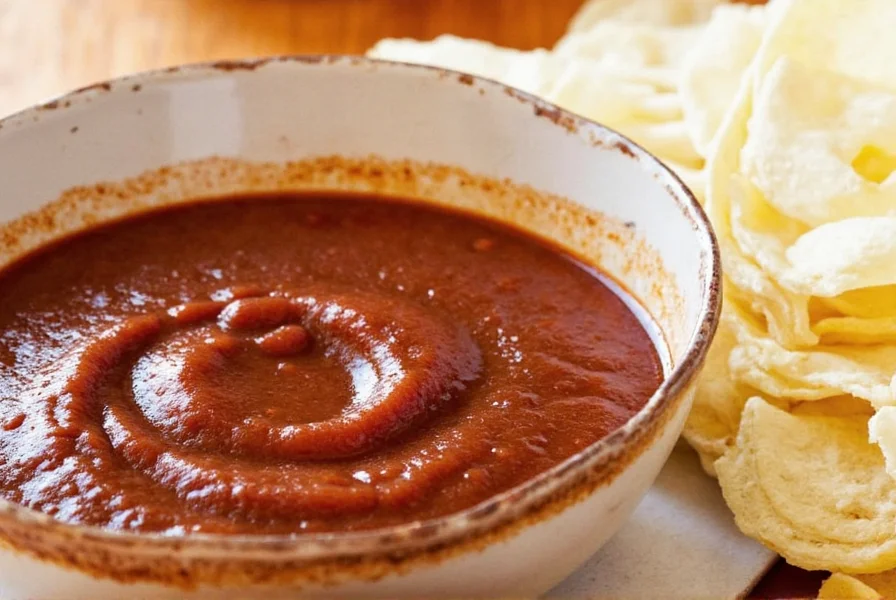









 浙公网安备
33010002000092号
浙公网安备
33010002000092号 浙B2-20120091-4
浙B2-20120091-4